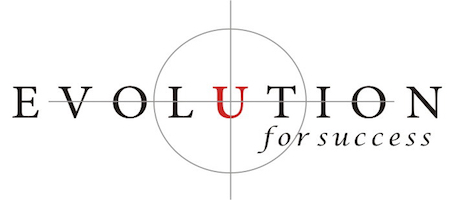Is Your Message Not Getting Through?
Effective communication is one of the most challenging issues for anyone working in a team such as a business or organization. With so many different personality types working together, trying to tailor your communication strategy to each one can be daunting.
The Compliment Sandwich method is a classic and effective tool that we often forget to use. It is one of the easiest and most effective ways to communicate anything to any personality style. The conversation will feel genuine and flow smoothly provided that the positive feedback/compliments are genuine and related to your concern(s), and that you do not overuse that technique so that your words don’t seem contrived.
The idea is to start with some positive feedback (the bread), followed by the issue you need to address (the meat of your message), and finish with another compliment or positive feedback (the second piece of bread). The part that is most overlooked however is the verbiage you use in between the compliments and the main message itself. Stay away from words like “but”, “although”, or “however”. The immediate response to those words is defensiveness. They directly void any positive feedback —however sincere— you started with.
Let’s say that you are having an issue with a team member spending an increasing amount of time at work on personal matters. You might approach the person this way:
“John, We love having you as a part of this team. Your idea at yesterday’s sales meeting was right on point! AND in fact it’s clear that you have a real impact on our corporate culture in the office; a lot of the junior associates take their cues from you.So it’s crucial that you limit the time you spend on personal matters whether it be on the phone or online to the times when you are officially on break.I know how committed you have been to this organization and I appreciate all your work especially for this last project. It made a difference.”
Now, let’s add one more concept into the process. There are three different types of postures you can adopt when communicating with someone: authoritative, participative, or subordinate. An authoritative posture is always direct and to the point: “it’s crucial that you do xyz”. Your main message —the meat of the sandwich— is ALWAYS authoritative so the corrective action is clear and concise. The positive feedbacks or compliments —the bread— are ALWAYS participative: “We love you being part of the team”. You are not posturing down or up, you are simply delivering a genuine compliment as one person to another.
We always have a choice on how we
To your continued success,
James


